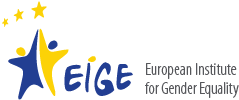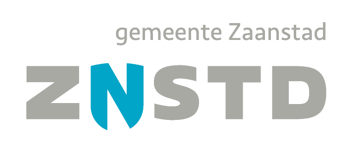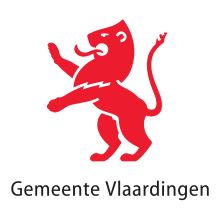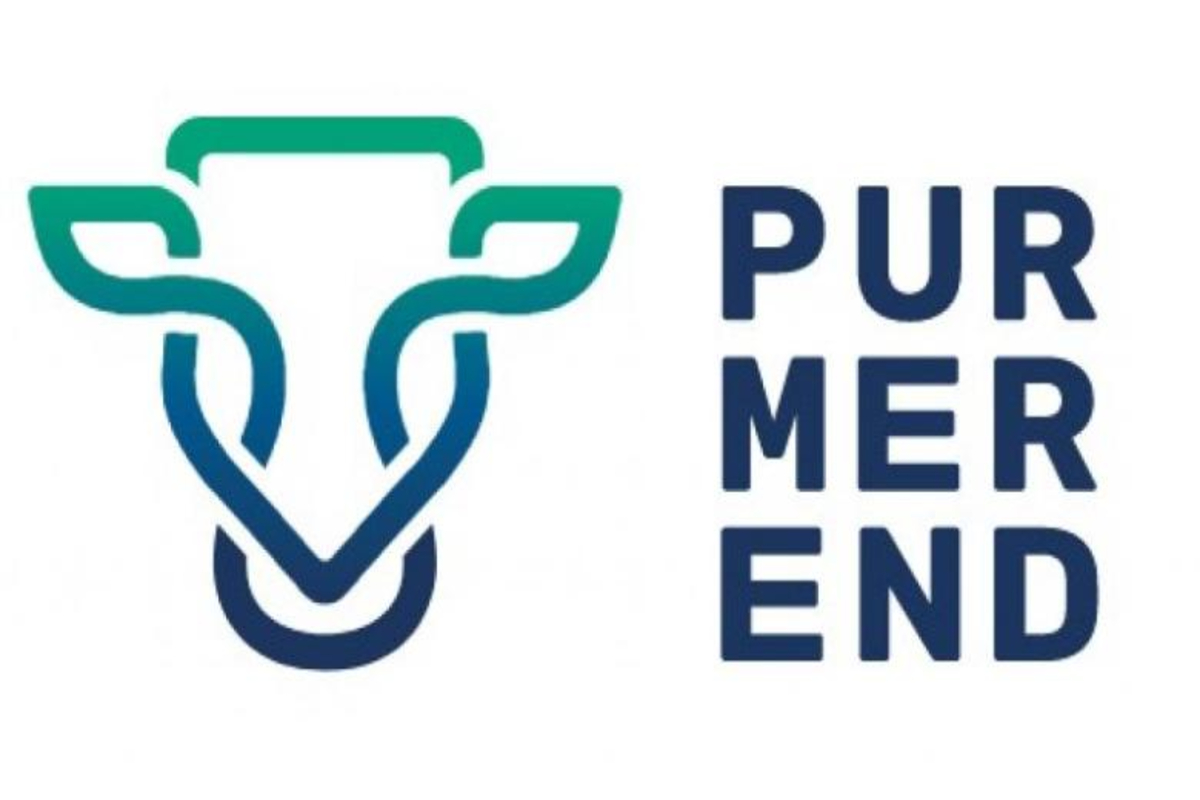In the Netherlands, most gays and lesbians are out of the closet at work and experience work in a similar way to their heterosexual colleagues. Bisexuals are largely hidden at work and experience more problems as a result. On Coming Out Day last week the Dutch Institute for Social Research* (SCP) published its research on sexual orientation at work.
Lesbian, gay and heterosexual employees have more similarities than differences when it comes to job perceptions, social treatment at work and well-being. Lesbian (2.1% of female) and gay (3% of male) employees are equally satisfied with their jobs, assess their own functioning equally highly and feel they have as many career openings and opportunities for development as their heterosexual colleagues. Lesbians and gays fall out with their colleagues and managers just as often as their straight colleagues do.
Lesbians and gays report conflicts, intimidation, sexual harassment, physical violence and bullying at work as often as their straight counterparts. They are also just as happy as their heterosexual counterparts and suffer burn out just as often. They have the same level of absenteeism.
Yes, there is bullying, there are conflicts and negative treatment. The heterosexual colleagues have the same problem.
A surprising result?
Dr Lisette Kuyper led the study, in which a cross section of almost 10,000 people living in the Netherlands participated. Kuyper thinks that this positive outcome is the result of two phenomena. One is the legislative climate and social acceptance of homosexuality to this remarkably positive situation. Discrimination on the grounds of sexual orientation has been prohibited for a long time in the Netherlands and for years, less than 10% of Dutch citizens have negative attitudes towards homosexuality. Government, trade unions and the corporate world – lead by employee-based initiatives like Pink Pearl at Shell and the Gay and Lesbian Alliance at ING – have developed many initiatives in recent years to make the workplace LGB-friendly. Workplace Pride was established in 2008 with three member companies (ING, TNT and IBM) and anno 2013 has grown to 32 members. 15 of these companies have signed the Declaration of Amsterdam, that promotes
Inclusive corporate cultures where LGBT employees feel valued, can be their authentic selves and realize their full potential;
Working environments for LGBT people that go beyond minimum legal requirements of equality;
Active leadership from straight [heterosexual] allies and LGBT role models who visibly support LGBT-inclusive workplaces;
Dedicated, declared and active collaboration between employers and LGBT employees to realize mutually beneficial improvements.
The impact of all these initiatives and activities is that lesbians and gays are now in a better place at work than 12 years ago, when the Netherlands, as the first country in the world, opened up the institute of marriage to same sex couples.
Kuyper thinks there is a second phenomenon producing the positive response, and that is that LGB people choose to work for organizations where they can be open, where they see the diversity climate as positive and where they are not confronted by negative attitudes and treatment. The report indicates that relatively few HGB people work in the industry and production sector; they are often more highly educated and work in the administration and education sector.
Where lesbians and gays and heterosexuals differ
Lesbian and gay and heterosexual employees differed in three areas studied; intentions to change jobs, social support and psychological complaints. Lesbians and gays report experiencing more social support than their straight colleagues and Kuyper speculates that this is caused by lesbian and gay employees seeking each other out and supporting each other at work. This tallies with my own research into the business case for LGBT networks in multinational corporations where I found that employee networks strengthen the engagement and motivation of lesbian, gay, bisexual and transgender employees. Support also comes from heterosexual colleagues, who are aware that lesbian and gay employees are in a minority position and offer their social support as an expression of their acceptance of sexual minorities.
Lesbian and gay employees more often intend to change jobs. With relatively more gays and lesbians than heterosexual employees being single, this does not surprise Kuyper.
Lesbian and gay employees were found to have more psychological problems than their heterosexual colleagues, and the research did not include enough questions to pinpoint the possible reasons for the difference.
Getting the numbers right
In 2006, Kuyper found that 93% of Dutch men identify as heterosexual and 94% of women. She found that 4% of men in the Netherlands and 3% of women identified as gay or lesbian, and that 3% of men and 3% of women identified as bisexual. By 2010, research by the SCP indicated that 6% of men and 15% of women are bisexual (Niet te ver uit de kast). It is not easy to define bisexual – you can look at sexual identity, sexual attraction and sexual activity and get very different percentages.
The research concludes that 40% of the people who are attracted to people of the same sex are closeted at work. Kuyper’s research into sexual orientation at work found that 2.3% of male and 4% of female employees are bisexual. The figures are different to those found in previous studies, probably because the questions were asked differently. So anyone wanting to know how many bisexual people live and work in the Netherlands will have to hold their breath until new, definitive research is done. Meanwhile, brace yourself for significantly disturbing results. 74% of bisexual men are in the closet at work. Bisexual employees are more often looking for a new job, have twice as many conflicts with colleagues, experience negative attitudes and are more often bullied. They have more health problems.
What difference does the research make?
Having this quantitative research is an important contribution to understanding the issues of lesbians, bisexuals and gay people at work. To date all other research on the subject has not compared the experience of LGB with that of heterosexual people, and has never been based on a representative sample of respondents. Almost 10,000 people participated in the research.
Whats next?
The challenge for government, companies and trade unions now is to understand the issues and develop a safe working environment for bisexual people, as well as transgender people.
========
Lin McDevitt-Pugh MBA
*The Netherlands Institute for Social Research ¦ SCP is a government agency that conducts research into the social aspects of all areas of government policy. The main fields studied are health, welfare, social security, the labour market and education, with a particular focus on the interfaces between these fields. The reports published by SCP are widely used by government, civil servants, local authorities and academics.
The official task of the SCP is to describe the social and cultural situation in the Netherlands and outline anticipated developments; to provide the information needed for a well-considered choice of policy objectives and resources and for the development of alternatives; and to evaluate government policy, especially interdepartmental policy, for example concerning the elderly, young people, ethnic minorities, etc. SCP also publishes reports on several other topics.
Dr. Lisette Kuyper
Our clients



















